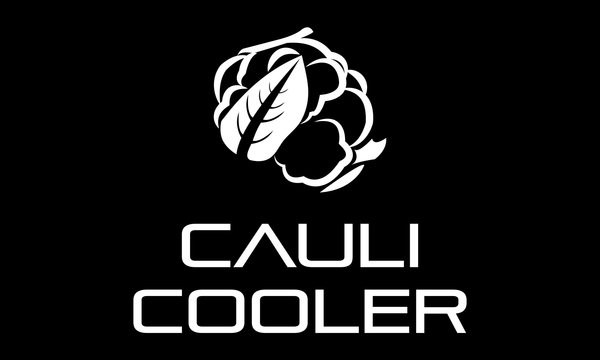Caulicooler
CauliCooler Post-roll Soap 100g 3.5Oz
CauliCooler Post-roll Soap 100g 3.5Oz
Couldn't load pickup availability
Forget defense; go on the offence with our deep cleaning, anti-bacterial, anti-fungal soap. It's a non-medicated, all-natural soap formulated to leave you feeling clean and fresh, while offering unparalleled anti-microbial protection against all the nasties you can pick up rolling.
Our unique blend includes:
Tea tree oil: anti-bacterial, anti-fungal, anti-septic, anti-inflammatory
Oregano oil: anti-bacterial, anti-fungal, antioxidant
Peppermint oil: anti-bacterial, anti-fungal
Thyme oil: anti-fungal, anti-bacterial, anti-inflammatory
Coconut oil: antiseptic, anti-bacterial, anti-fungal, anti-inflammatory, anti-oxidant
Glycerin - moisturises and rehydrates the skin
Charcoal powder - cleansing, detoxifying, anti-microbial
Leaving your soap on the shower floor will cause it go mushy and disintegrate.
We recommend keeping your soap dry and allowing to harden between uses to prolong it's lifespan.
WHAT IS SODIUM HYDROXIDE?
Sodium hydroxide, often referred to as lye, is an alkaline substance extensively employed in the soap-making process. Alkali plays a crucial role in soap production by engaging in a chemical reaction with oils (fats), leading to the formation of soap through a process known as saponification. During this transformative reaction, sodium hydroxide completely interacts with oils and fats, converting from an alkali into soap. Notably, no traces of sodium hydroxide remain in the final product.
HOW DOES SAPONIFICATION WORK?
Saponification denotes the chemical process wherein a fat, oil, or lipid combines with an alkaline liquid to produce soap. In the case of many soaps, this involves the amalgamation of sodium hydroxide with an oil source. Our soap is meticulously crafted using coconut oil and essential oils, ensuring the absence of sodium hydroxide in the end product. These oils possess exceptional moisturising attributes that make them ideal for soap production. The inclusion of sodium hydroxide results in more robust and long-lasting soap, enhancing the durability and utility of your bar soap.
WHY IS THERE LACTIC ACID IN OUR SOAP?
Lactic acid is used in soap making as an additive to enhance the overall quality of the soap. It serves several purposes:
-
Skin Conditioning: Lactic acid is known for its skin-friendly properties. When incorporated into soap, it can contribute to making the soap milder and gentler on the skin. It can help to moisturise and exfoliate, leaving the skin feeling soft and smooth.
-
pH Adjustment: Lactic acid can be used to adjust the pH of the soap. Soap making involves a chemical reaction between fats or oils and an alkaline solution (such as sodium hydroxide). Sometimes, the resulting soap can be too alkaline, which may not be ideal for the skin. Lactic acid can be used to lower the pH and bring it closer to the skin's natural pH, making the soap more balanced and less harsh.
-
Hardness and Texture: Lactic acid can impact the texture and hardness of the soap. It can help create a firmer bar of soap that lasts longer and doesn't dissolve too quickly when in contact with water.
Share
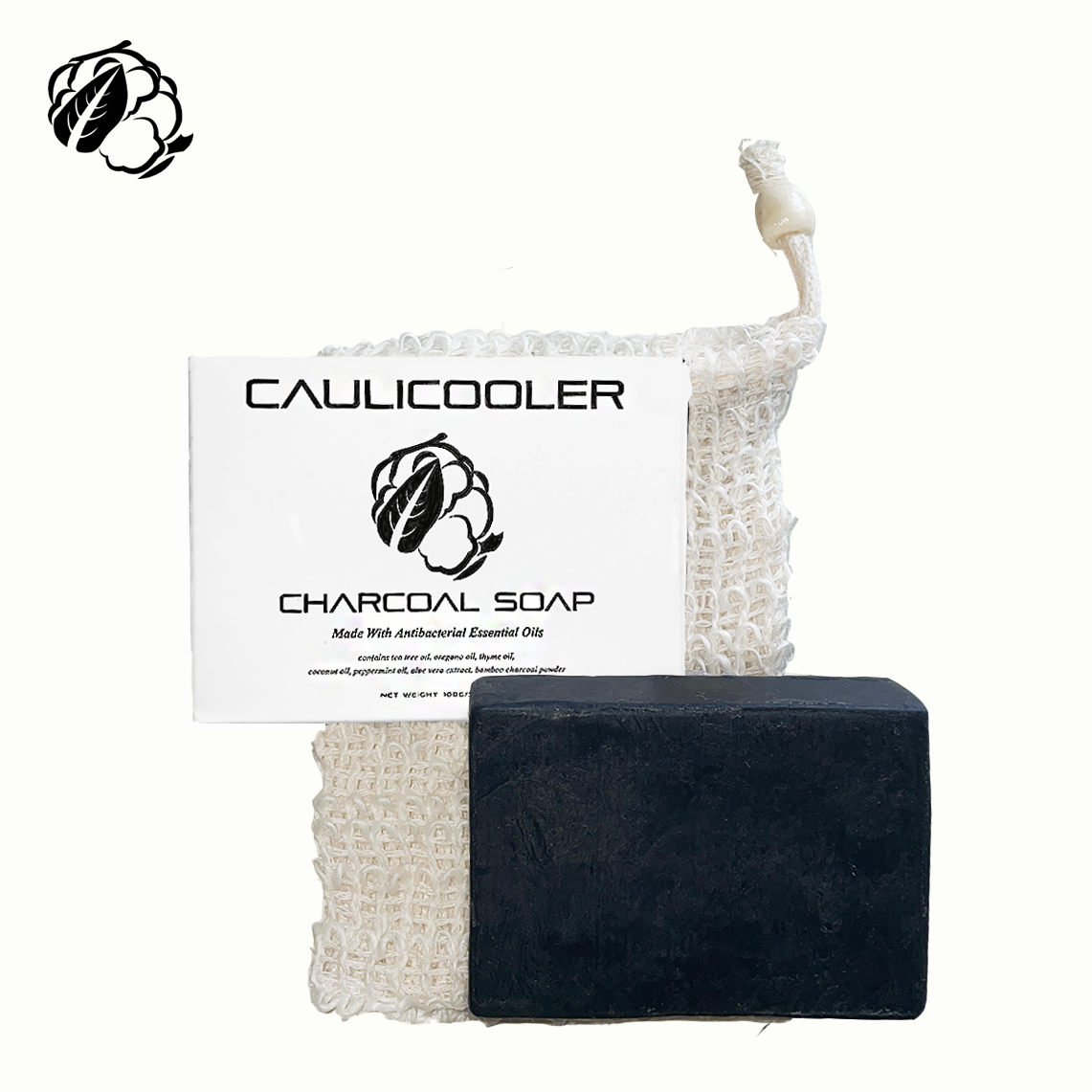
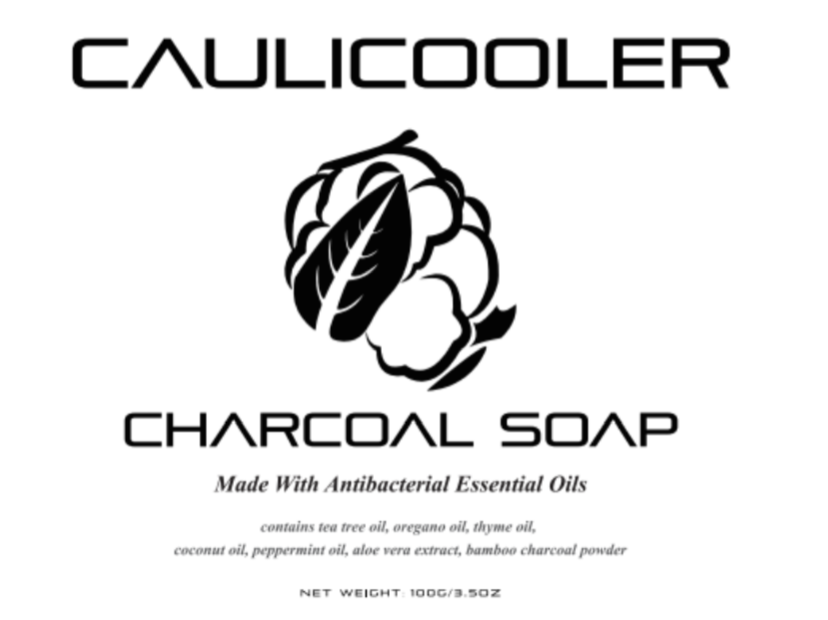
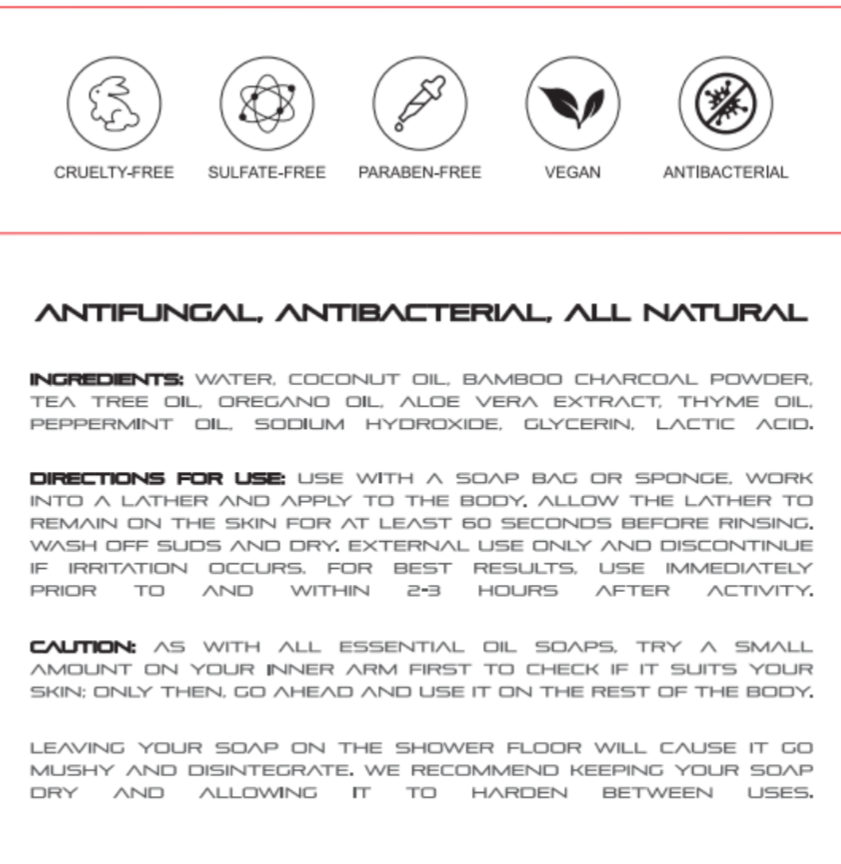
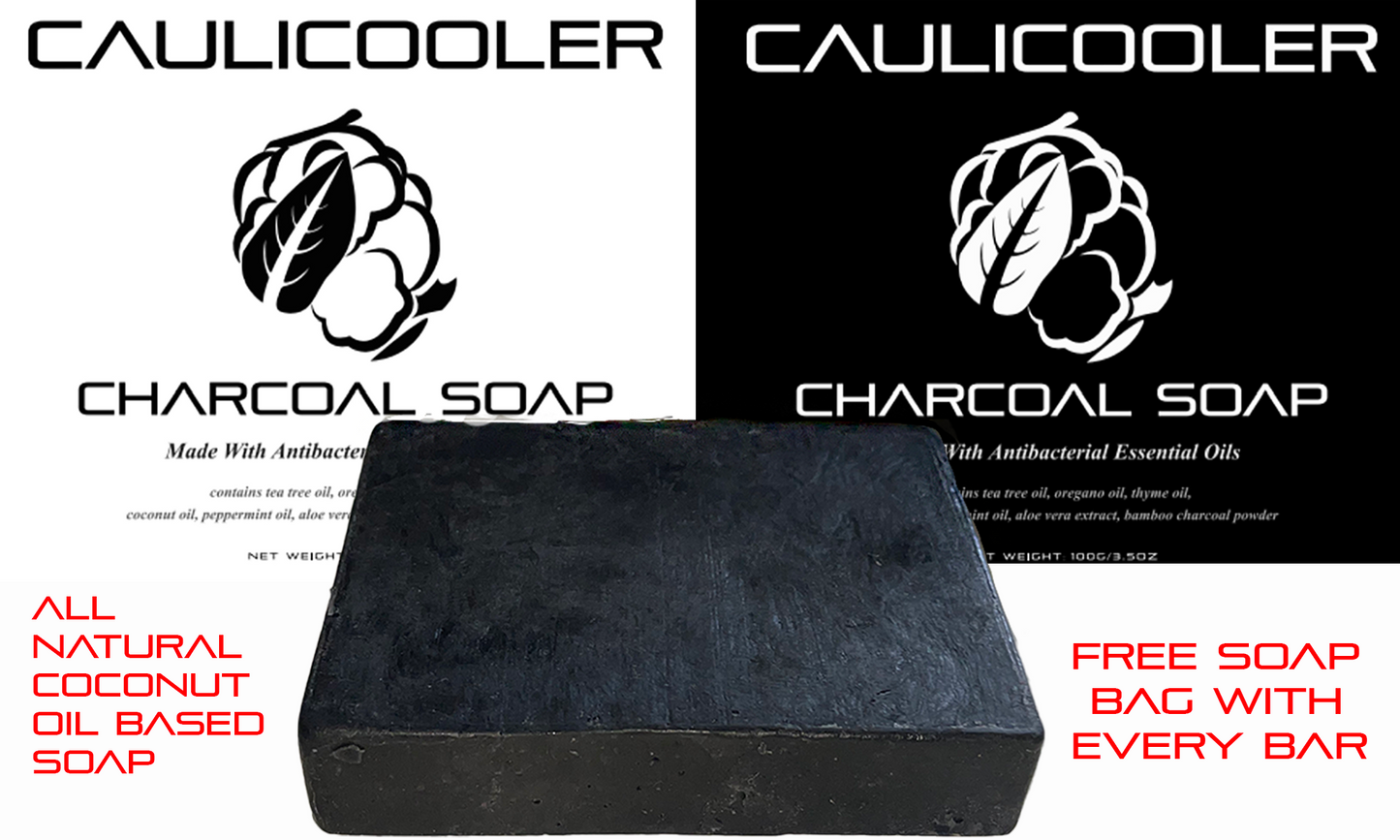
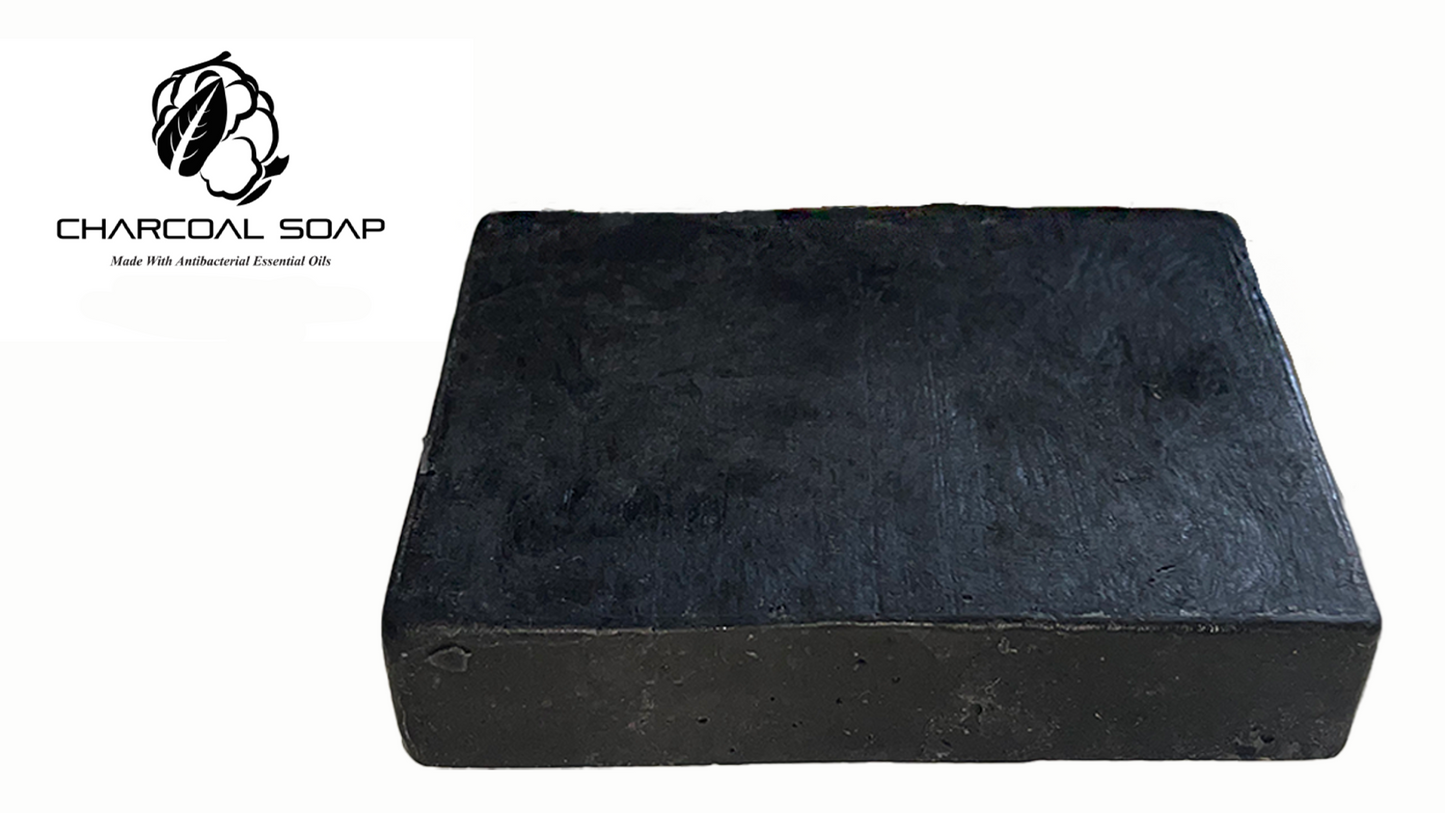

AVAILABLE AT GIRI MARTIAL ARTS SUPPLIES, CANNINGTON
GET DOWN TO GIRI TO CHECK SIZING, SAVE ON POSTAGE, AND SEE THE SUPERIOR QUALITY FOR YOURSELF
